![]()
![]()
![]()
Use LEFT and RIGHT arrow keys to navigate between flashcards;
Use UP and DOWN arrow keys to flip the card;
H to show hint;
A reads text to speech;
41 Cards in this Set
- Front
- Back
- 3rd side (hint)

Feather type |
Retrices |
Tail |
|
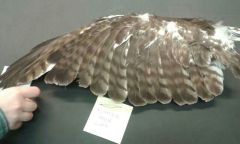
Type of wing |
Slotted high lift |
Eagles and vultures |
|
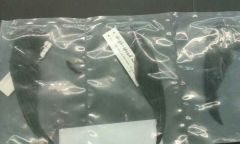
Type of wing |
High speed |
Small insect eaters |
|
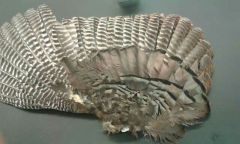
Type of wing and properties |
High camber, low aspect ratio, elliptical wing |
Turkey |
|
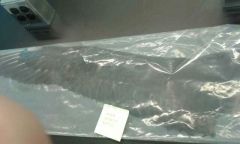
Aspect ratio |
Very high! |
Coastal birds |
|
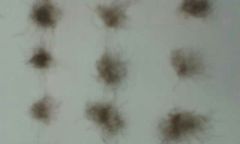
Type of feather |
Down |
Baby bird covering |
|
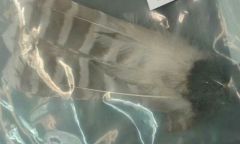
Type of feather |
Filoplume |
|
|
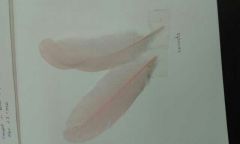
Type of feather |
Coverts |
Covering feathers |
|

Type of feather |
Semiplume |
Without barbules |
|
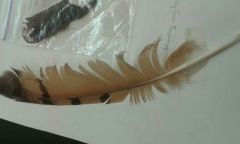
Type of feather |
Remiges |
Flight feathers |
|
|
Sheath |
Calamus |
|
|
|
Attachment to pores |
Lower umbilicus |
|
|
|
Middle stem |
Rachis |
|
|
|
Side of feathers |
Vane |
|
|
|
Comes out of rachis |
Barbs |
|
|
|
In between barbs |
Barbules |
|
|
|
Latches Barbules together |
Barbicells |
|
|

Type of feather |
Filoplume |
|
|
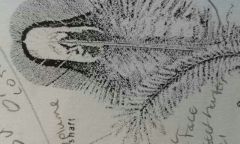
Thing sticking out |
Afterplume |
|
|

Type of feather |
Bristle |
|
|
|
Cambus |

Cross section of wing |
|
|

Label |

|
|
|
|
Gaps between wing |
Slots |
|
|
|
Camber relating to lift and speed |
High camber = high lift low speed |
|
|
|
Long primaries, no slotting, reduced secondaries. Low camber |
High speed |
|
|
|
Rounded, low aspect, rapid take off, maneuverability, good for lift |
Elliptical |
|
|
|
Ratio of wing length to wing width |
Aspect. |
|
|
|
High aspect |
More secondaries, long and narrow wings. Dynamic soarers. Not good for takeoffs or maneuvering. No slotting. |
Ocean birds! |
|
|
Ratio of Wing area to bird weight |
Wing loading |
|
|
|
Low angle of camber |
Decrease drag, increase lift, take off |
|
|
|
High angle of camber |
Turbulence, stalling, landing |
|
|
|
Allula |
A few feathers at the end of the bones that can lift and that allows you to provide more lift at greater angles. Important for take offs and landings |
|
|
|
Camber and lift explanation |
Lift can be increased by increasing the area the wind has to go around but that also increases drag |
|
|
|
Moving forward in flight |
Primaries propel bird forward in a downward stroke and secondaries keep bird aloft |
|
|
|
Wings open on up strokes to provide less resistance |
Sup |
|
|
|
Landing |
Increase angle to stall and control it by tail and allula |
|
|
|
Plumaceous |
Soft and downy feathers |
|
|
|
Pennaceous |
Feather without afterplume |
|
|
|
Tracts of feathers |
Pterylae |
|
|
|
Bare areas with no feathers |
Apteria |
|
|
|
White or black feathers stronger |
Black! |
Wing tips |

